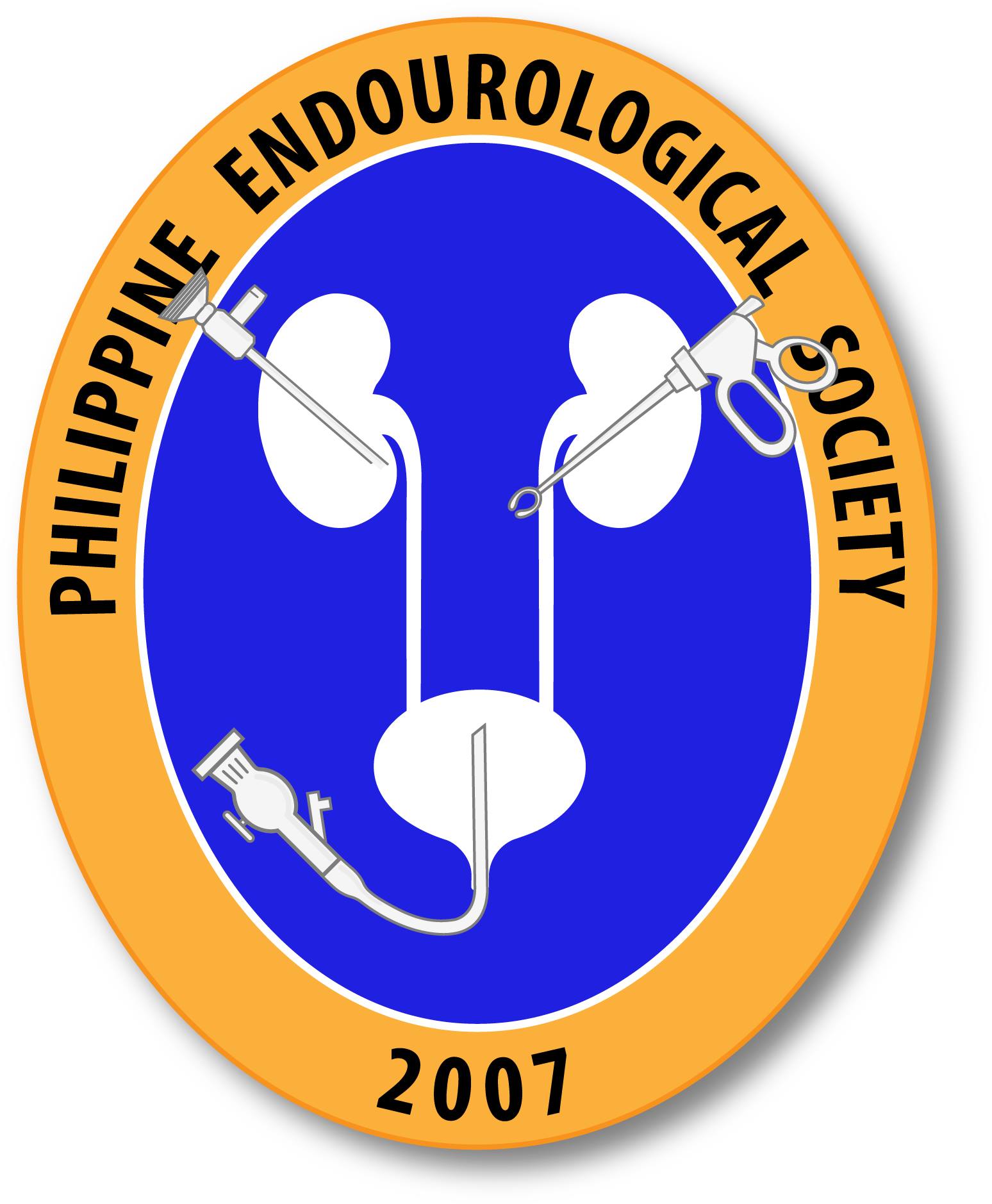Interstitial cystitis, bladder pain syndrome, hypersensitive bladder, and interstitial cystitis/bladder pain syndrome – clarification of definitions and relationships.
Interstitial cystitis and interstitial cystitis-related conditions such as bladder pain syndrome and hypersensitive bladder have a similar symptomatic profile but probably different etiologies. A meaningful classification of these diseases/conditions is mandatory for clinical and investigational progress. The condition with Hunner lesions (Hunner type interstitial cystitis) is distinct from other categories in terms of histopathology, gene […]
